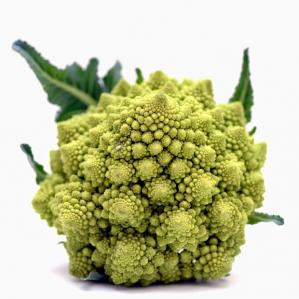Sale on canvas prints!

Since getting a DSLR camera, I have only shot raw images - prior to that it was JPEG's. After reading about the advantages and disadvantages of those options, I realised that I had not been getting the best quality from my edited photographs. When unloaded from camera to computer, RAW files must be converted to another file type like TIFF or JPEG. If your camera is capable of shooting in RAW mode (all DSLRs are), then doing so will enable you to obtain the maximum quality images possible. RAW files are not really images - they are data files that consist of camera settings and sensor information markers (the markers contain all the information required to decode the image data). Although your in-camera setting choices such as colour mode, contrast, saturation and sharpening have been made, with RAW format, those settings are not applied even though the image will appear in your conversion software with such settings. They may be altered prior to conversion in such a way as to appear like the new settings were made in-camera. Not having camera settings applied permanently is a strong feature and advantage of using RAW files. Processing a RAW file takes more time and commitment - conversion to 16 bit TIFF files (recommended) requires more storage capacity, but if it is quality your require, then this is definitely the way to proceed. Unfortunately, choosing JPEG conversion permanently sets the image markers and does not allow for proper modifications to be done later - some image data is lost. JPEG files are characterized by 'lossy' image compression which cause editing and subsequent re-editing problems. These are often seen as 'noise' and 'artefacts'. On the other hand, conversion to TIFF files allows for high quality image modifications to be made during post processing - and re-editing later is not problematic. By choosing RAW mode, there can be much more control over the final image appearance if the appropriate decisions are made, because you will be making those decisions, not your camera. Shooting RAW allows all recorded image data to be stored in that format. Should you ever want to change how an image looks, then the original data can be conveniently accessed via your conversion software.